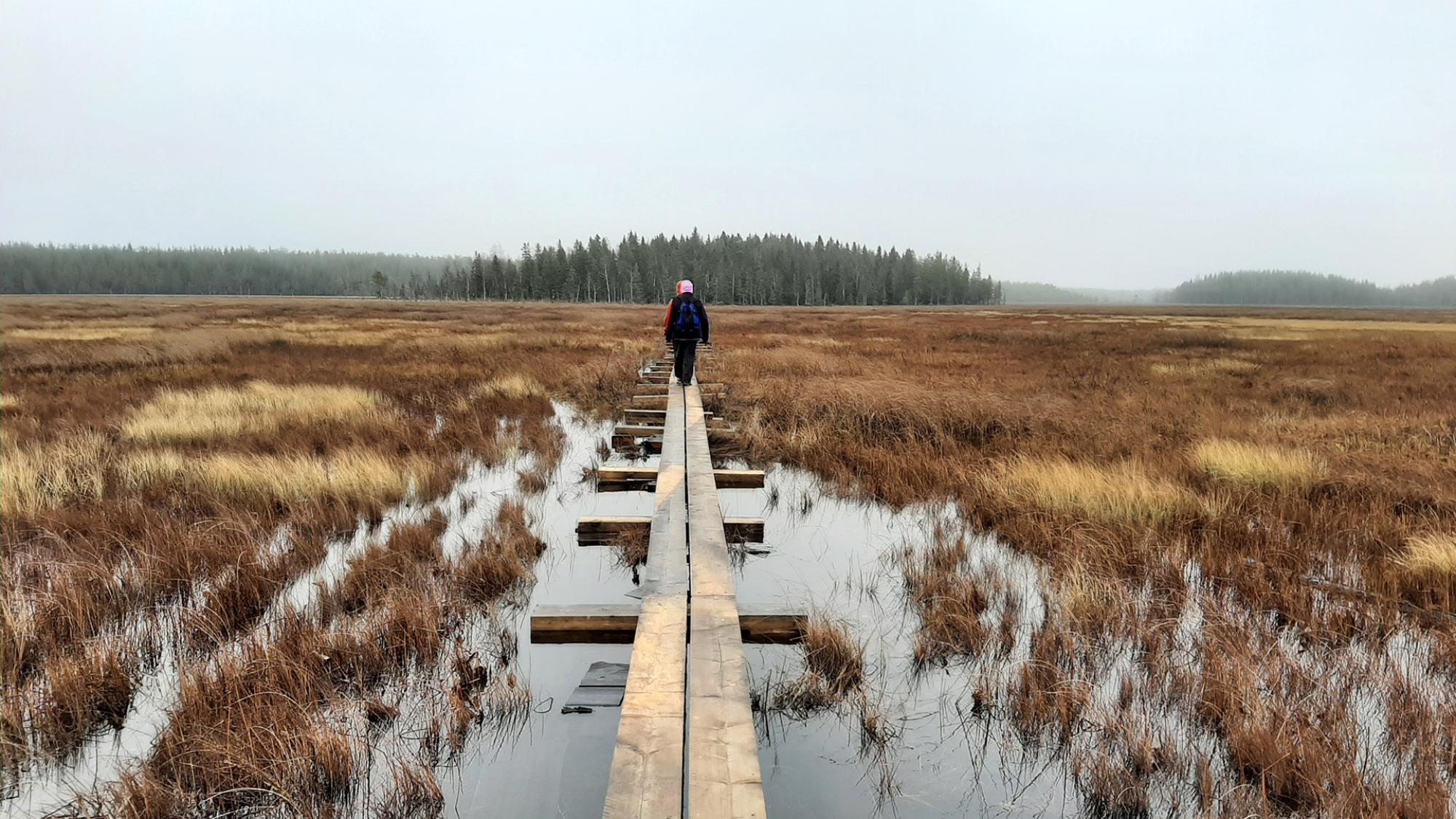"Yes, the trees do speak to me" – older adults draw well-being from nature

Older adults are often viewed through lens of care needs, social relationships, or smart technologies and material surroundings. Instead, the researchers at the University of Oulu focus on older adults’ everyday activities, which involve not only other people but also the living and non-living elements of nature.
What does nature mean to older adults, and how do they, in turn, influence the surrounding natural environment?, the researchers ask.
They expect the study to offer new perspectives on how climate and environmental changes in remote areas affect mobility and how local infrastructure could be developed to support older residents’ daily lives.
“Our aim is to understand ageing in a new way, not as a problem or solely as a human-centered issue, but as everyday life in which well-being is closely tied to other-than-human actors,” says Tiina Suopajärvi, University Lecturer in Cultural Anthropology and the project’s principal investigator.
The study involves older adults living in Upper Kainuu, Southern Lapland, and the Turku Archipelago. Researchers spend time with participants throughout the seasons. Most participants are over 80 years old, and some are over 90.
“We chose these regions because they include remote areas, particularly in Upper Kainuu, where services are far away. In the Turku Archipelago, access to services often requires ferry or boat travel. We also wanted to include a range of natural environments,” Suopajärvi explains.
Many participants continue to live independently in long-term homes, either alone or with a partner. In some cases, younger family members live nearby, while a few have recently moved to municipal centers.
“Because we study everyday life with nature, the changing seasons are crucial. Wintertime can be particularly challenging; icy conditions often keep older people indoors for fear of falling. Yet even then, nature remains present through activities like feeding birds and observing other animals.”
Researchers immersed in everyday life
The researchers join participants in their daily interactions with nature, walking in forests, listening to stories of the past, and reflecting on the future. They are interested in how forests and waterscapes have changed alongside the people who inhabit them.
“We have sat in kitchens sharing coffee and meals, talked, fetched firewood, gone berry-picking, rowing, and ice fishing, and walked through forests and yards together,” Suopajärvi describes.
In the study, nature refers especially to animals from insects to foxes and deer as well as plants and waters.
“We pay attention to how people speak about nature, plants, animals, landscapes, water, snow, and ice and how they encounter these elements in their movements. Some greet certain trees, brush snow from them, touch them, or collect wood and stones from nature to create art.”
A 94-year-old woman living in Upper Kainuu expressed her relationship with nature beautifully: “If I stop in the forest and look through a tree and start to speak, yes, the trees do speak to me.”
The research can inform the design of services and activities that support the well-being of older adults, showing how natural elements can meaningfully be part of everyday practices.
Ageing with Nature is a four-year research project funded by the Kone Foundation with a grant of €361,700.